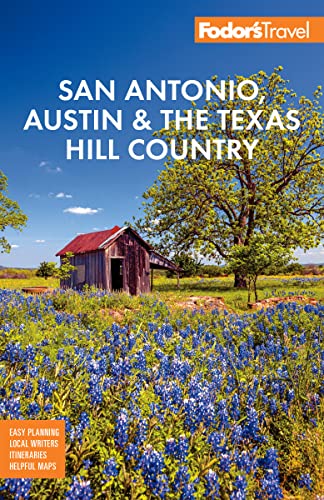The greatest attraction to Llano is the drive out there. Whether you're heading north from Fredericksburg on Highway 16 or east from Mason on Highway 29, you'll see some of the most beautiful panoramas of rugged hill country in the region. Perhaps the most inspiring features of the scenery are the dramatic granite outcrops that burst from the landscape in pink, speckled domes.
Llano's history is a rather slow and quiet one, which has translated into a refreshing personality trait of the town. Established in 1856 in compliance with a state legislative act to establish Llano County, the city was a frontier trading center that didn't experience much economic growth until the late 1880s when discovery of iron deposits in the northwest part of the county drew financial interest from Dallas and northern states. The discovery spurred a number of charters for a dam, an electric power plant, an iron furnace and foundry in anticipation of what many saw as the next "Pittsburgh of the West." But the mineral resources, with the exception of the perpetual granite quarries, soon proved too shallow to sustain economic growth, and Llano's small blip on the industrial map soon faded.
Much of the town's identity today rests in the ranching, farming, and granite industries. Visitors are often attracted by the relaxed atmosphere and activities along the picturesque Llano River. The town square has a historic feel; it's sprinkled with galleries, antiques and gift shops, and a museum of Hill Country wildlife.




